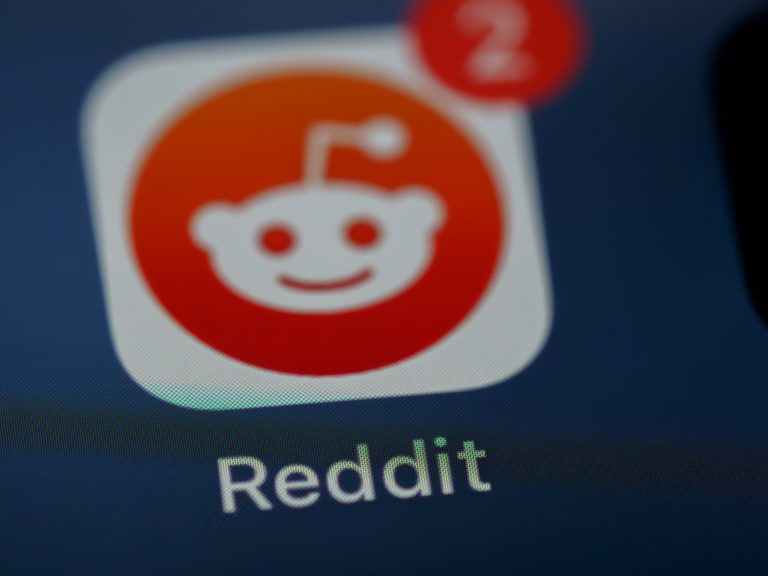Digital marketing is evolving at breakneck speed. With algorithms shifting, consumer behaviour transforming, and new platforms emerging almost daily, staying ahead of the curve is no longer a luxury—it’s a necessity. To uncover what’s next, we analysed over 1,000 digital marketing campaigns across industries, platforms, and audience segments. The findings were both revealing and instructive.
Three trends emerged as clear indicators of where digital marketing is heading. These aren’t fleeting fads—they’re fundamental shifts that will shape how brands connect with audiences in the years to come.
Let’s delve into the data and explore the three trends set to define the future of digital marketing.
1. Hyper-Personalisation Driven by AI
If the past few years were defined by personalisation, the future belongs to hyper-personalisation—and artificial intelligence is the driving force behind it.
Key Findings:
- Campaigns using AI-driven personalisation saw conversion rates increase by 42% on average.
- Email campaigns with dynamic content tailored to user behaviour had open rates 2.5 times higher than static emails.
- Brands leveraging predictive analytics to anticipate customer needs outperformed competitors in retention by 30%.
Why It Matters:
Consumers now expect brands to understand them—not just their names, but their preferences, habits, and even moods. AI tools such as machine learning and natural language processing are enabling marketers to deliver real-time, context-aware experiences across channels.
From Netflix’s eerily accurate recommendations to Spotify’s curated playlists, personalisation has become standard. But the next frontier is anticipatory marketing—where brands predict what customers want before they even search for it.
How to Capitalise:
- Use AI tools to segment audiences based on behaviour, not just demographics.
- Implement dynamic content in emails, websites, and advertisements that adapts to user actions.
- Invest in predictive analytics to forecast trends and customer needs.
Hyper-personalisation isn’t merely about increasing sales—it’s about building trust and loyalty through relevance.
2. Short-Form Video Is the New Content King
Video content has long been dominant—but the rise of short-form video is rewriting the rules of engagement.
Key Findings:
- Campaigns featuring short-form videos (under 60 seconds) had engagement rates three times higher than static image ads.
- TikTok and Instagram Reels outperformed traditional YouTube ads in brand recall by 27%.
- Brands using behind-the-scenes and user-generated short videos saw a 40% boost in perceived authenticity.
Why It Matters:
Attention spans are shrinking, and mobile-first consumption is on the rise. Short-form video hits the sweet spot: it’s quick, digestible, and emotionally resonant. Platforms like TikTok, Instagram Reels, and YouTube Shorts have ushered in a cultural shift where snackable content is not just preferred—it’s expected.
Moreover, short-form video allows brands to be more human. Whether it’s a founder sharing a story, a customer testimonial, or a product demonstration, these videos foster connection and relatability.
How to Capitalise:
- Create platform-native content: TikTok videos should feel different from Instagram Reels.
- Focus on storytelling, not selling—authenticity triumphs over polish.
- Use trends and challenges to boost discoverability, but remain true to your brand voice.
Short-form video is no longer optional—it’s the heartbeat of modern digital engagement.
3. The Rise of Privacy-First Marketing
The third trend is less flashy but arguably the most transformative: privacy-first marketing is reshaping how brands collect, use, and respect consumer data.
Key Findings:
- Campaigns that clearly communicated data usage policies saw trust scores increase by 35%.
- Brands that shifted to first-party data strategies reported 20% higher ROI on retargeting efforts.
- Cookie-less campaigns using contextual targeting had click-through rates 18% higher than traditional cookie-based ads.
Why It Matters:
With regulations such as GDPR, CCPA, and the phasing out of third-party cookies, marketers are facing a new reality: consent is paramount. Consumers are more aware—and more cautious—about how their data is used. Transparency, ethical data practices, and user control are now central to brand reputation.
This shift is forcing marketers to rethink targeting strategies, measurement models, and customer relationships. The brands that embrace privacy-first approaches will not only comply with regulations—they’ll earn consumer trust in a way that drives long-term loyalty.
How to Capitalise:
- Prioritise first-party data collection through email sign-ups, loyalty programmes, and surveys.
- Be transparent about data usage and give users control over their preferences.
- Explore contextual advertising and privacy-safe targeting methods.
Privacy-first marketing isn’t a limitation—it’s an opportunity to build deeper, more respectful relationships with your audience.
Bonus Insight: Integrated Campaigns Outperform Single-Channel Efforts
While the three trends above are reshaping the landscape, one additional insight stood out: integrated, multi-channel campaigns consistently outperformed single-channel efforts.
Key Findings:
- Campaigns combining email, social media, and paid search had conversion rates twice as high as those using just one channel.
- Cross-platform storytelling increased brand recall by 45%.
- Unified messaging across touchpoints led to 25% higher customer satisfaction scores.
The takeaway? The future isn’t just about mastering one trend—it’s about weaving them together into a cohesive, omnichannel strategy.
Final Thoughts: The Future Is Already Here
The digital marketing landscape is undergoing a profound transformation. Hyper-personalisation, short-form video, and privacy-first strategies aren’t just trends—they’re the new pillars of effective marketing.
Brands that embrace these shifts will not only survive—they’ll thrive. The key is to remain curious, agile, and customer-focused. Because ultimately, digital marketing isn’t about algorithms or ad spend—it’s about human connection.




